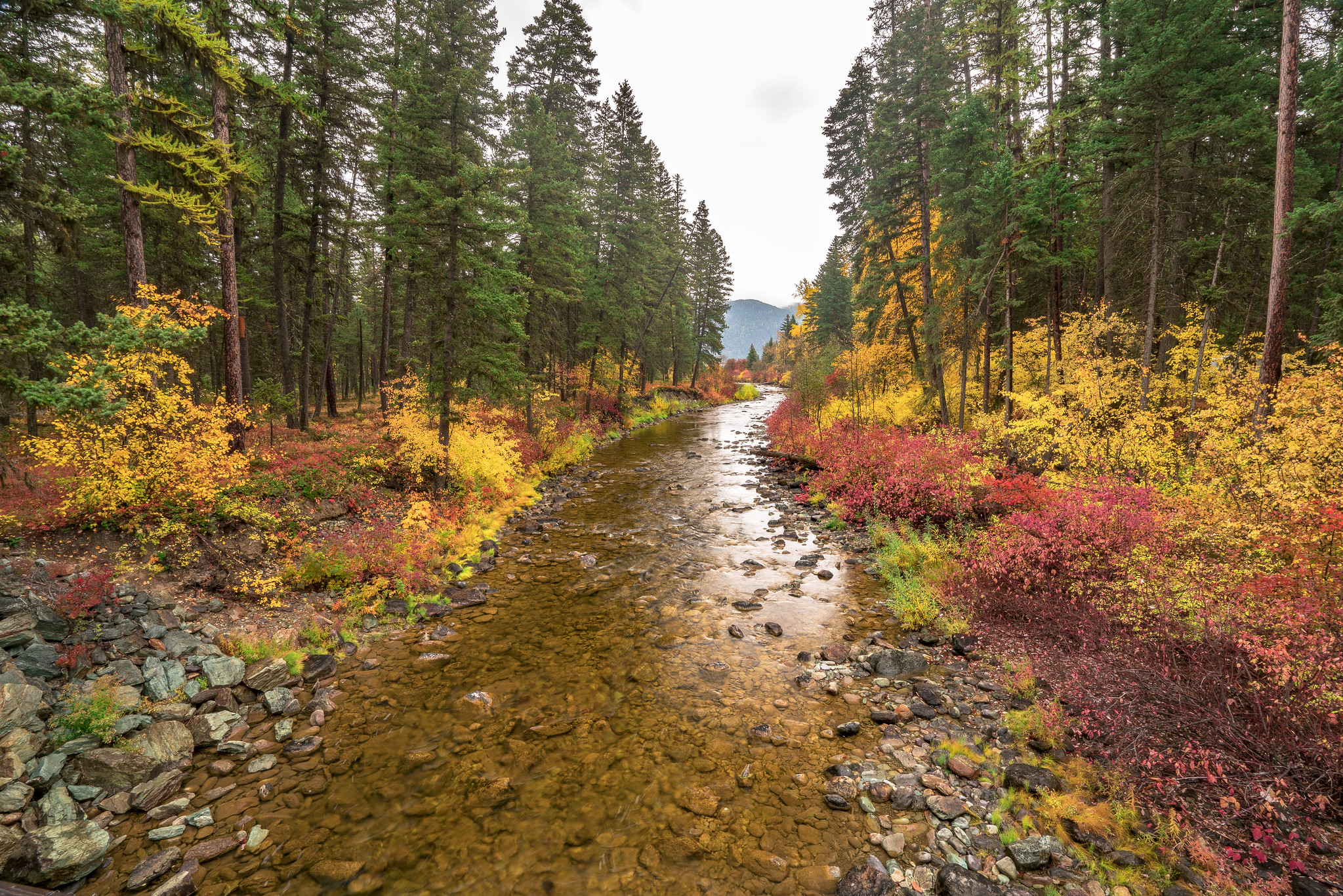Managing the Land
Human interaction with U.S. forests and grasslands dates back well over 10,000 years, with our footprint growing as populations expanded. Our relationship with these lands has evolved to a point where both the direct and indirect influence of human activities is evident across nearly all landscapes.
Climate change is one of the most significant threats of our time, disrupting the ecological systems that sustain life. Shifting precipitation and temperature patterns are weakening ecosystem resilience and altering the composition of flora and fauna.
As the steward of over 193 million acres of forest and grassland across the U.S., the Forest Service plays a vital role in ensuring these lands continue to be environmentally and economically productive. Forest Service research delivers the best available science to maintain, enhance, and restore public and private forests and grasslands.
Forest Service scientists and experts work at the leading edge of research in forestry, rangeland management, biological and physical sciences, and socioeconomics to guide the agency’s land management work. Through a constant dialogue with customers, resource managers, and state and private partners, researchers find pragmatic ways to deliver science through tools, syntheses, and extensive outreach and knowledge transfer efforts.



